Homicides
America ranks second-worst in our raising a family “Safety” category. The US has 6.12 reported homicides per 100,000 (bested only by Mexico), whereas most countries on our list are around 1 or less.
Human Rights
The US also scores poorly in the human rights category. Our systemic racism is just one example, which has been recently exposed during the Black Lives Matter Protests. It has become strikingly clear that people of color do not feel safe in America.
To give some perspective, it won’t be until fall 2020 that events such as the Tulsa Massacre and bombing of Black Wall Street (which took place on June 1, 1921) will even be entered in school history books.
And it wasn’t until 1996 that the US government even investigated this particular event and the murders of approximately 300 individuals. The conclusion of the investigation, published in 2001, said that “the city (of Tulsa Oklahoma) had conspired with the mob of white citizens against black citizens.”
These governmentally incited genocidal events are more commonplace in America’s history than previously realized, and the horrific treatment of people of color is at the heart of one of many human rights battles taking place today.
School Shootings
America also has an extraordinary amount of peer to peer violence. This is undeniably reflected in school shootings. From 2009-2018, the US has had 288 school shootings. 288. Mexico comes in second at 8, whereas almost every single other country on the list has zero.
ABC News explains such incidents of gun violence at schools in the US are actually more commonplace than reported as there is no nationally accepted definition of what constitutes a “school shooting.”
For example, “Everytown, an independent, non-profit group that studies gun violence, reports it has tracked at least 99 incidents of gunfire on school grounds in 2019 alone (through Dec. 11), including three suicides and 63 injuries.”
Whether or not parents believe in their 2nd Amendment Right to Bear Arms, mothers and fathers are having the discussion of safety across the board.
It is a frightening, yet accepted, undercurrent for raising a family in 2020. Unpredictable as these incidents are, most parents have no other option than to hope their child’s public school is one of the lucky ones, spared from this sort of violence.
Active Shooter Drills
Although Active Shooter Drills didn’t factor into the school shooting data we felt it was important to mention, as they are a painful reality for American families.
According to Reuters, “(Active Shooter Drills) unfold unannounced and involve actors dressed as masked gunmen, teachers being lined up and shot with an airsoft rifle and students as young as 3 years old told to hide in a small space for long periods of time, the report said.”
Even if parents feel it is unlikely that their child’s school will be affected by a school shooting, active shooter drills are now commonplace in 95% of public schools across America. Watch this video from March for Our Lives to see what it’s really like to prepare for a school shooting.
I can’t help but wonder what kind of country we are living in when 95% of our children in public schools are being exposed to this type of stress and anxiety as commonplace.
The trauma students experience during these types of drills has been proven to have detrimental long-term effects.
What are parents’ options?
Parents who can afford it often turn to private education. Private Schools in the US have somehow, thus far, avoided the level of violence prevalent in the nations’ public education system.
But, private schools in big cities come with huge price tags. They average around $40,000 a year (per child) for high school and kindergarten starts at somewhere around $25,000.
This means American parents with two high school age students need to have $80,000 plus to allocate towards education.
Asher and I struggle to dedicate 12% of our yearly income to send our son Kingsley to a private pre-school. (We live in a smaller city so the cost is $12,500/year for pre-K.) When our daughter attends school, that will mean we’ll have to come up with at least $25,000 per annum.
My Personal Experience of Violence in America
I spent my high school years in a very sheltered place called Toluca Lake, a wealthy suburb of Los Angeles, California.
Growing up, I was lucky that money was not something that was at the forefront of my childhood struggles. Yet, even in my “bubble of a neighborhood”, police helicopters circled nightly; often illuminating my backyard in search of fugitives.
It was considered an inconvenience when the 405 or 101 highways would close for police chases. Violent crimes —rape, kidnappings, murders— plastered the nightly news, which was often our after-dinner soundtrack.
It was just something people in LA are used to. The violence is like a constant aching fever that won’t go away, but somehow everyone considers it “normal”.
That said, as a young woman I was fearful to walk alone, especially at night. My parents refused to send me to public school because of the constant violence in the LA Unified School Districts. Friends of ours working as teachers in these public schools described the environments as fearful, hostile, and intense; as they and their students were forced to walk through metal detectors before entering their classrooms.
My high school, Westridge School for Girls, now costs $37,750 plus $1000 in fees per year.
My Experience of Gun Violence at A School Related Event
ABC News found that 57.6% of school shootings were at sporting events.
In my sophomore year in high school where I attended a public school football game in Monrovia (near Pasadena.) After the game we were heading back to the car when a fight broke out.
I heard someone shout, “He’s got a gun!” before several shots were fired.
My friends and I hid in a bush as we watched a young man run by with a handgun. No one was killed in that incident but it was a brief glimpse of the reality so many of my peers faced (and face) every single day. No one felt safe.
My Experience at NYU
As a freshman student at New York University, I experienced the 9/11 twin tower attack. As a sophomore, I carried pepper spray walking home at night. My apartment was in “Alphabet City” (which has since been “gentrified”) with a fire escape ladder outside my bedroom window. There was never a night that I wasn’t concerned someone would break-in and try to attack me.
My Experience at Maharishi International University
I left NYU during my junior year in search of a more peaceful and introspective approach to education. I found myself at a school called Maharishi International University. The school incorporates meditation into its daily classes. It was a good change for me.
And it was there, of all places, that I witnessed the murder of my friend Levi, in the college cafeteria.
Levi was stabbed in the neck by another student in an unprovoked incident. I called the paramedics and was with him as blood engulfed his windpipe. He gasped for air until they took him away, and died on the way to the hospital.
The young man who killed my friend did not have a gun — only a steak knife. If he had a gun there is no doubt in my mind I would have been shot myself, if not killed.
Conclusion
When I read the above account of the first 19 years of my life it’s shocking. I was sheltered, I grew up in a bubble, and yet I was not immune to any of these violent incidents.
Two months ago, Asher and I had to call the cops here in Santa Fe, NM, because someone was breaking into our neighbor’s home. The police came and shot the robber with rubber bullets as he made a run for it. A few weeks earlier, my dear friend’s home was broken into and had all her most precious belongings stolen. Both mentioned neighborhoods are considered “safe.”
Why am I writing down all these incidents? I think to help myself understand how the US could have ranked so poorly. Honestly, I didn’t believe it until I started deeply reflecting.
Was I always in the wrong place at the wrong time? Maybe. Or is America actually a tsunami of violent incidents that we are all just so numb to that we no longer register them?
I have a feeling it’s the latter.





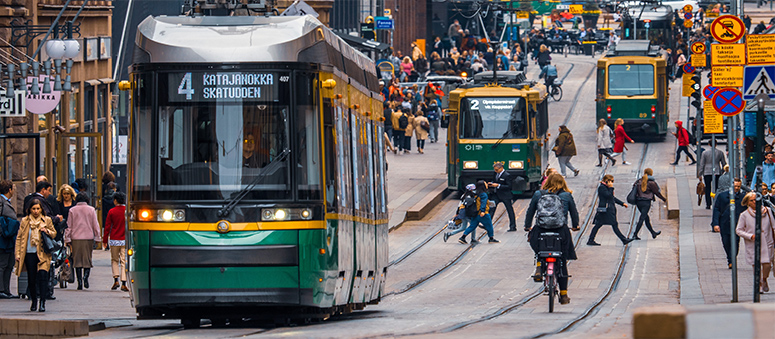
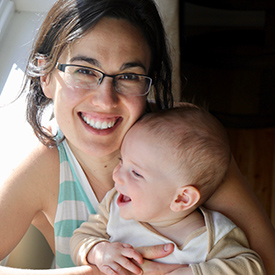
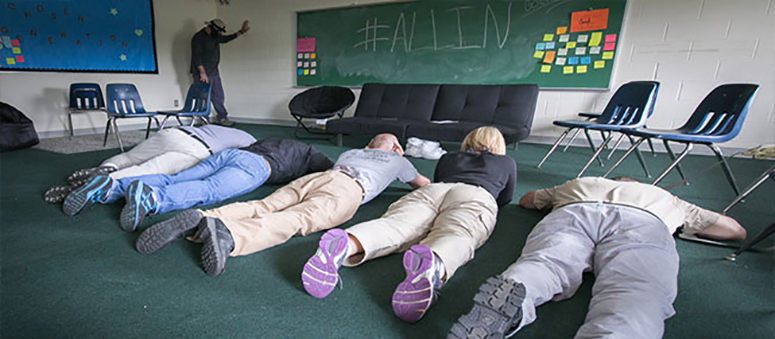
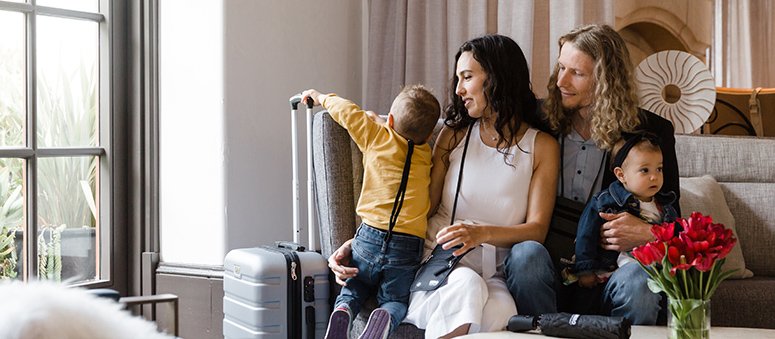
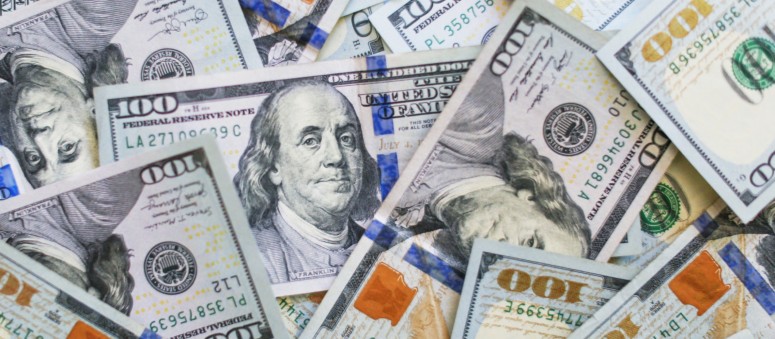
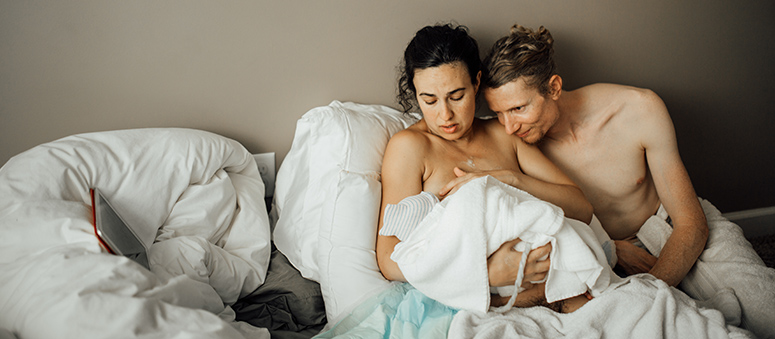
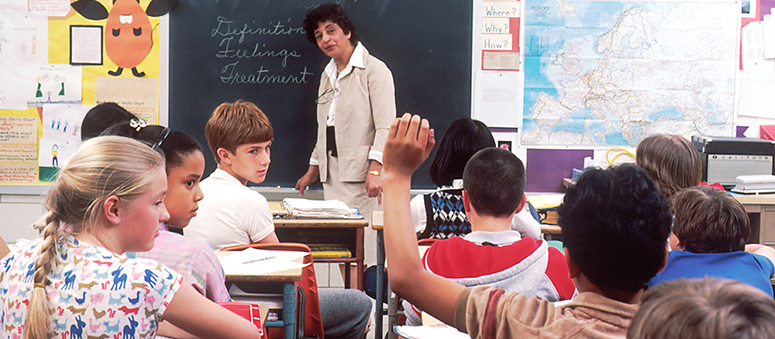
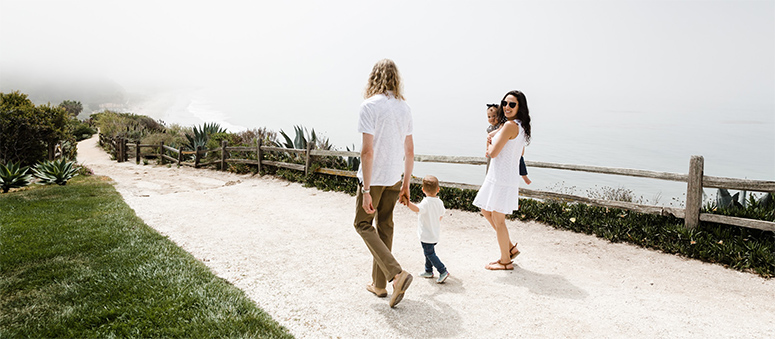

 It’s no coincidence that Iceland is the safest country as well as the third happiest country on our list. Happy people are far less likely to perform criminal acts and are far more likely to live peacefully as a society.
It’s no coincidence that Iceland is the safest country as well as the third happiest country on our list. Happy people are far less likely to perform criminal acts and are far more likely to live peacefully as a society.  Almost every “
Almost every “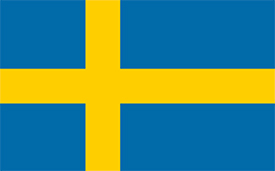 Sweden has a well-earned reputation for taking great care of its citizens, especially when it comes to benefits associated with raising a child, including education, healthcare and childcare. Only
Sweden has a well-earned reputation for taking great care of its citizens, especially when it comes to benefits associated with raising a child, including education, healthcare and childcare. Only  Finland has a top-notch healthcare system that’s actually affordable. Giving birth in Finland is
Finland has a top-notch healthcare system that’s actually affordable. Giving birth in Finland is  Slovenia scored well across the board in the education category, performing well both in enrollment rates and test scores. Impressively, Slovenia has the
Slovenia scored well across the board in the education category, performing well both in enrollment rates and test scores. Impressively, Slovenia has the  Luxembourg offers generous paid time off in all categories, none more important than the crucial time period surrounding the birth of a child. In Luxembourg, the mother gets 31.6 weeks, and the father an exceptionally high 13.6 weeks paid parental leave. Being able to spend this time with your newborn child is such a blessing to both parent and child, allowing families to build a foundation, a family bond that’s difficult to achieve if both parents have to rush back to work.
Luxembourg offers generous paid time off in all categories, none more important than the crucial time period surrounding the birth of a child. In Luxembourg, the mother gets 31.6 weeks, and the father an exceptionally high 13.6 weeks paid parental leave. Being able to spend this time with your newborn child is such a blessing to both parent and child, allowing families to build a foundation, a family bond that’s difficult to achieve if both parents have to rush back to work.  Although many parts of Mexico are relatively safe, especially tourist destinations, there is also widespread violence and corruption that affects many of its citizens.
Although many parts of Mexico are relatively safe, especially tourist destinations, there is also widespread violence and corruption that affects many of its citizens.  South Korea is a modern country with a relatively strong economy (11th largest in the world), but that combination is not necessarily a recipe for a happy populous. South Korean’s work some of the longest hours in the world (nearly 2000 hrs per year on average), while putting much less emphasis on socializing and leisure than the top countries on this list. In other words, they are missing that work/life balance that’s so important to the average person.
South Korea is a modern country with a relatively strong economy (11th largest in the world), but that combination is not necessarily a recipe for a happy populous. South Korean’s work some of the longest hours in the world (nearly 2000 hrs per year on average), while putting much less emphasis on socializing and leisure than the top countries on this list. In other words, they are missing that work/life balance that’s so important to the average person. In the overall Cost Index, the US placed dead last, performing twice as poorly as New Zealand which finished just ahead of the US. Parents with average household income have to spend
In the overall Cost Index, the US placed dead last, performing twice as poorly as New Zealand which finished just ahead of the US. Parents with average household income have to spend 